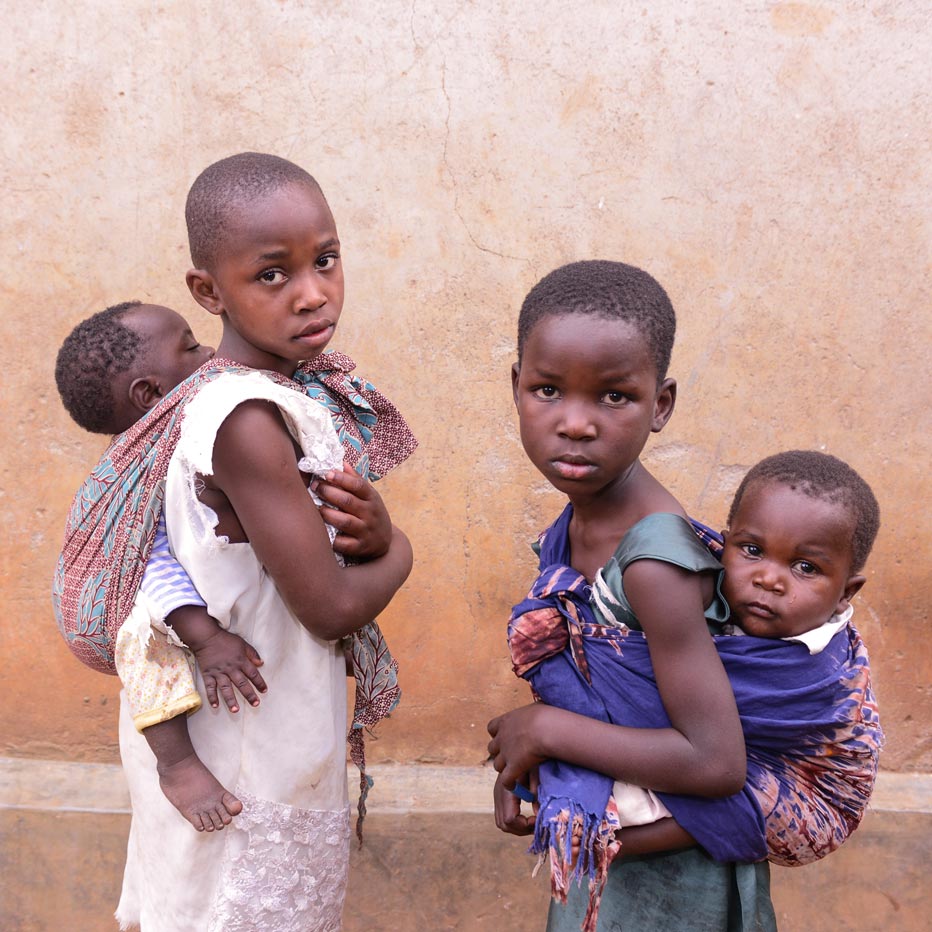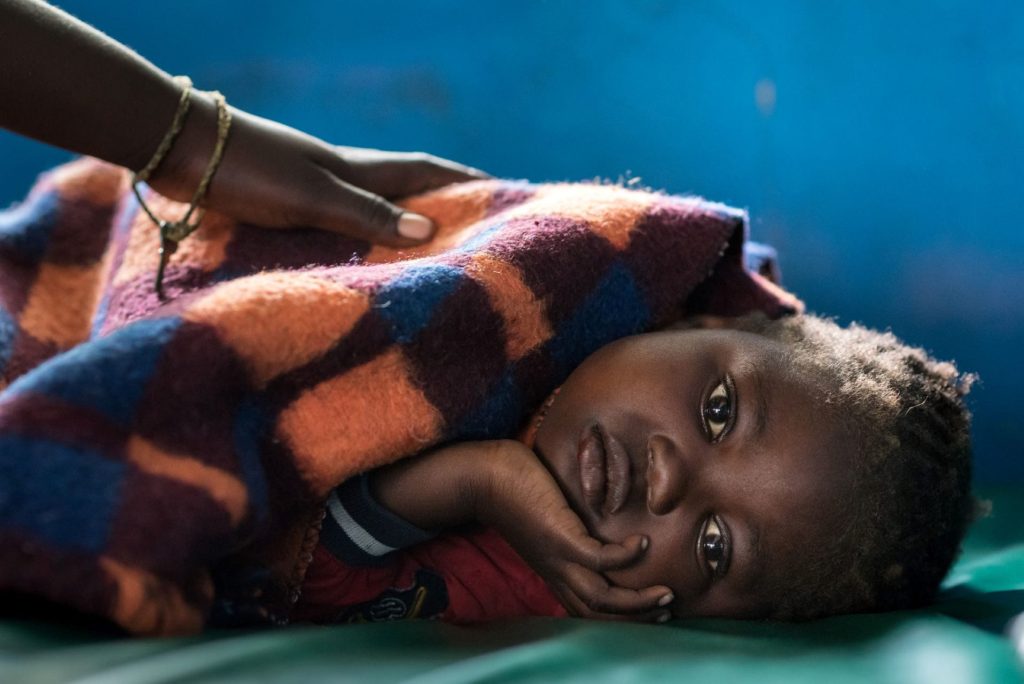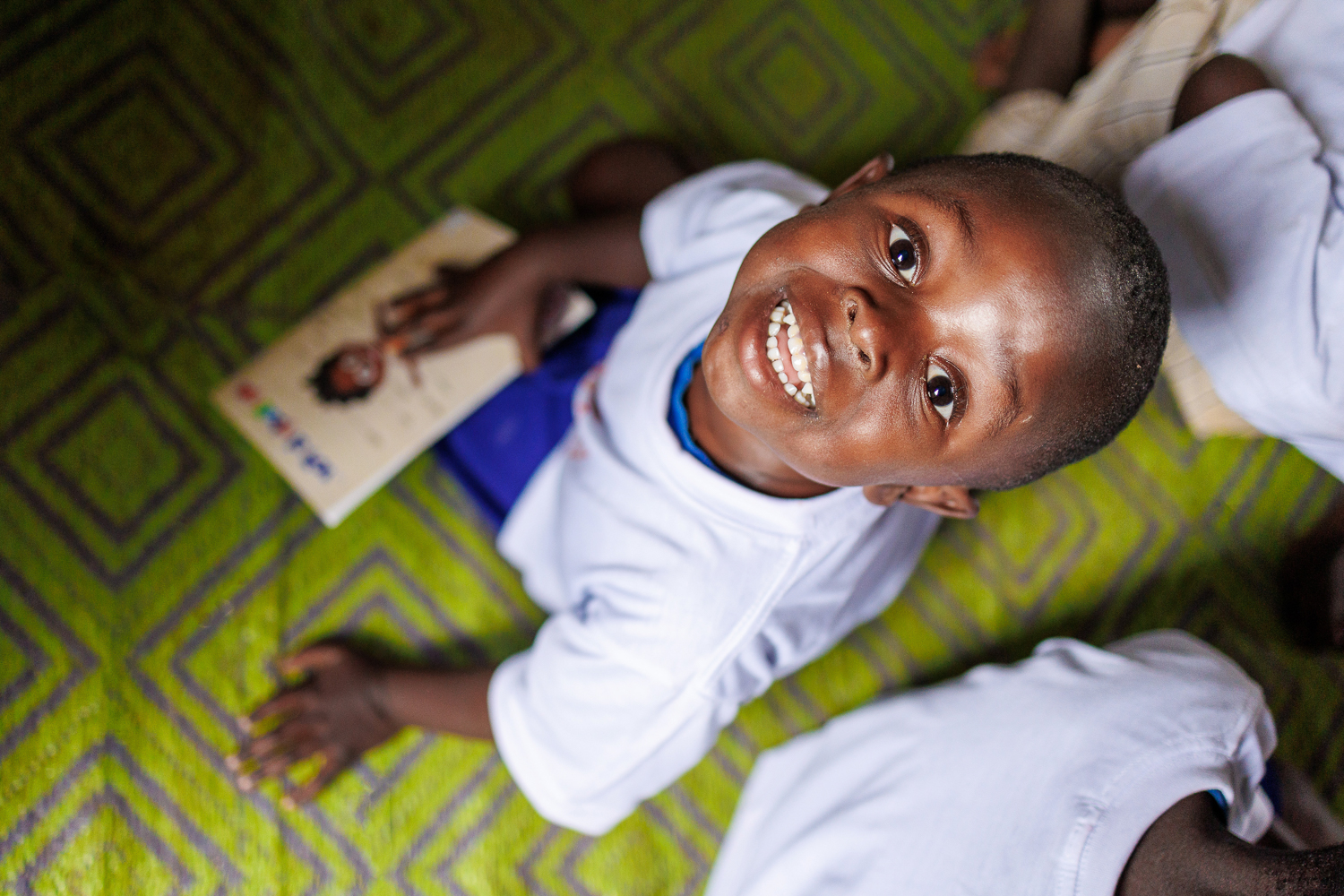From Hope to Home: Transforming the Lives of Vulnerable Children
In the midst of adversity, vulnerable children face formidable challenges that threaten to derail their educational journey and hinder their holistic development. However, initiatives like the LEAP Initiative and therapeutic approaches such as the Secure Base model offer rays of hope, providing tailored support and nurturing environments to empower these children. By addressing educational barriers, trauma, and the unique needs of vulnerable children, these initiatives pave the way for transformative change, unlocking their potential and guiding them towards a brighter future.

How does LEAP Initiative address the educational challenges faced by Vulnerable Children living in Slum?
The LEAP Initiative addresses the educational challenges faced by children living in slums through a multifaceted approach aimed at breaking the barriers hindering their access to quality education. Firstly, LEAP provides mentorship programs tailored to improve the academic performance of school-going children from impoverished and vulnerable backgrounds. These programs offer guidance and support to students, helping them navigate educational obstacles and stay engaged in their studies.
Secondly, LEAP implements feeding programs, ensuring that early childhood kids have access to adequate nutrition. By tackling hunger, LEAP increases retention rates in schools and enhances the overall well-being of the children, enabling them to focus better on their studies.
Additionally, LEAP facilitates the provision of essential learning materials such as books and pens, addressing the lack of access to school supplies that many Vulnerable Children in slums face. By ensuring that students have the necessary tools for learning, LEAP promotes a conducive learning environment where children can thrive academically.
Moreover, LEAP recognizes the specific challenges faced by adolescent girls in slums, particularly concerning menstrual hygiene. To address this, LEAP distributes sanitary pads to adolescent girls, reducing the barriers that often lead to school dropout rates among this demographic.
Overall, LEAP’s comprehensive approach to addressing educational challenges in slums encompasses mentorship, nutrition, provision of learning materials, and support for menstrual hygiene, ultimately empowering children to access and succeed in education despite their challenging circumstances. Through these initiatives, LEAP is instrumental in transforming the lives of children living in slums, offering them hope for a brighter future through education.
What are some of the factors contributing to the high dropout rate among adolescent girls in Vulnerable Children Slum, according to the provided information?
The high dropout rate among adolescent girls in slums is influenced by various interconnected factors. Firstly, the lack of access to sanitary pads during menstruation contributes significantly to absenteeism and eventual dropout due to discomfort and social stigma. Poverty exacerbates the situation, as families struggle to afford education-related expenses like school fees and uniforms, often prioritizing other basic needs over their daughters’ education. Additionally, cultural norms and societal stigma surrounding menstruation create shame and embarrassment, further discouraging girls from attending school during their periods. Safety concerns in unsafe learning environments, coupled with limited educational opportunities, diminish girls’ motivation to continue their education, as they perceive limited prospects for advancement. Consequently, parents may withdraw their daughters from school to protect them from potential harm. Addressing these challenges requires a comprehensive approach that includes providing access to menstrual hygiene products, addressing economic barriers, challenging cultural taboos, improving safety measures in schools, and enhancing educational opportunities. By addressing these factors holistically, interventions can effectively reduce the dropout rate among adolescent girls in slums, enabling them to access education and empowering them to pursue a brighter future.
How does the Secure Base model address the specific needs of vulnerable children, such as those who have experienced trauma, loss, or separation?
The Secure Base model addresses the specific needs of vulnerable children, including those who have experienced trauma, loss, or separation, by providing a framework of therapeutic caregiving that promotes emotional security and resilience. By combining attachment theory with research on long-term fostering, the model recognizes the importance of a secure and nurturing relationship between caregiver and child in fostering healthy development.
Firstly, the model emphasizes the importance of availability, whereby caregivers consistently provide a safe and responsive presence for the child. This helps children who have experienced trauma or loss to develop trust and feel secure in their relationships, laying the foundation for emotional healing.
Secondly, sensitivity is highlighted as a key dimension, wherein caregivers are attuned to the child’s emotional needs and provide support in managing feelings. This is particularly crucial for children who have experienced trauma, as it helps them regulate their emotions and develop coping strategies.
Acceptance is another dimension of the model, focusing on building the child’s self-esteem and sense of belonging. For vulnerable children who may have experienced rejection or abandonment, a nurturing and accepting environment is essential for rebuilding their self-worth and restoring their sense of identity.
Co-operation is emphasized to help children feel effective and capable in their interactions with others. This dimension encourages collaboration and problem-solving, empowering children to overcome challenges and build positive relationships.

Finally, family membership underscores the importance of belonging and connection within the caregiving environment. For children who have experienced separation or instability, a sense of belonging to a supportive and stable family unit is vital for their emotional well-being and development.
What are the main developmental benefits that vulnerable children can gain from the implementation of the Secure Base model?
The implementation of the Secure Base model offers vulnerable children significant developmental benefits. Firstly, by providing a consistent and nurturing environment, the model fosters emotional security, enabling children to develop healthier emotional regulation and resilience in the face of adversity. Secondly, the emphasis on availability and sensitivity within the model facilitates the development of trusting relationships and secure attachments with caregivers, promoting feelings of safety and belonging crucial for healthy social and emotional development. Additionally, through acceptance and a sense of belonging within the caregiving environment, vulnerable children can cultivate positive self-esteem and identity, helping them to build a stronger sense of self-worth and confidence. Overall, the Secure Base model provides a comprehensive framework that addresses the specific needs of vulnerable children, empowering them to develop the emotional security, trust, and self-esteem necessary for their overall well-being and growth.
Final thought
From Hope to Home: Transforming the Lives of Vulnerable Children” encapsulates the journey of empowerment and resilience for children facing adversity. The LEAP Initiative exemplifies this transformative journey by addressing educational challenges in slums through a holistic approach. By providing mentorship programs, nutritional support, access to learning materials, and addressing menstrual hygiene needs, LEAP breaks down barriers hindering vulnerable children’s access to quality education. Moreover, the high dropout rate among adolescent girls in slums reflects systemic issues exacerbated by poverty, cultural stigma, and safety concerns. However, the Secure Base model offers a beacon of hope by addressing the specific needs of vulnerable children, including trauma and loss, through therapeutic caregiving. By emphasizing availability, sensitivity, acceptance, cooperation, and family membership, the model fosters emotional security, trust, and self-esteem, essential for healthy development. Ultimately, the Secure Base model empowers vulnerable children to navigate challenges, build resilience, and unlock their full potential. Through the collective efforts of initiatives like LEAP and the implementation of the Secure Base model, vulnerable children can overcome obstacles and embark on a path from hope to home, transforming their lives and shaping a brighter future.
Read more: Empowering Tomorrow: How Your Support Changes Children’s Lives




